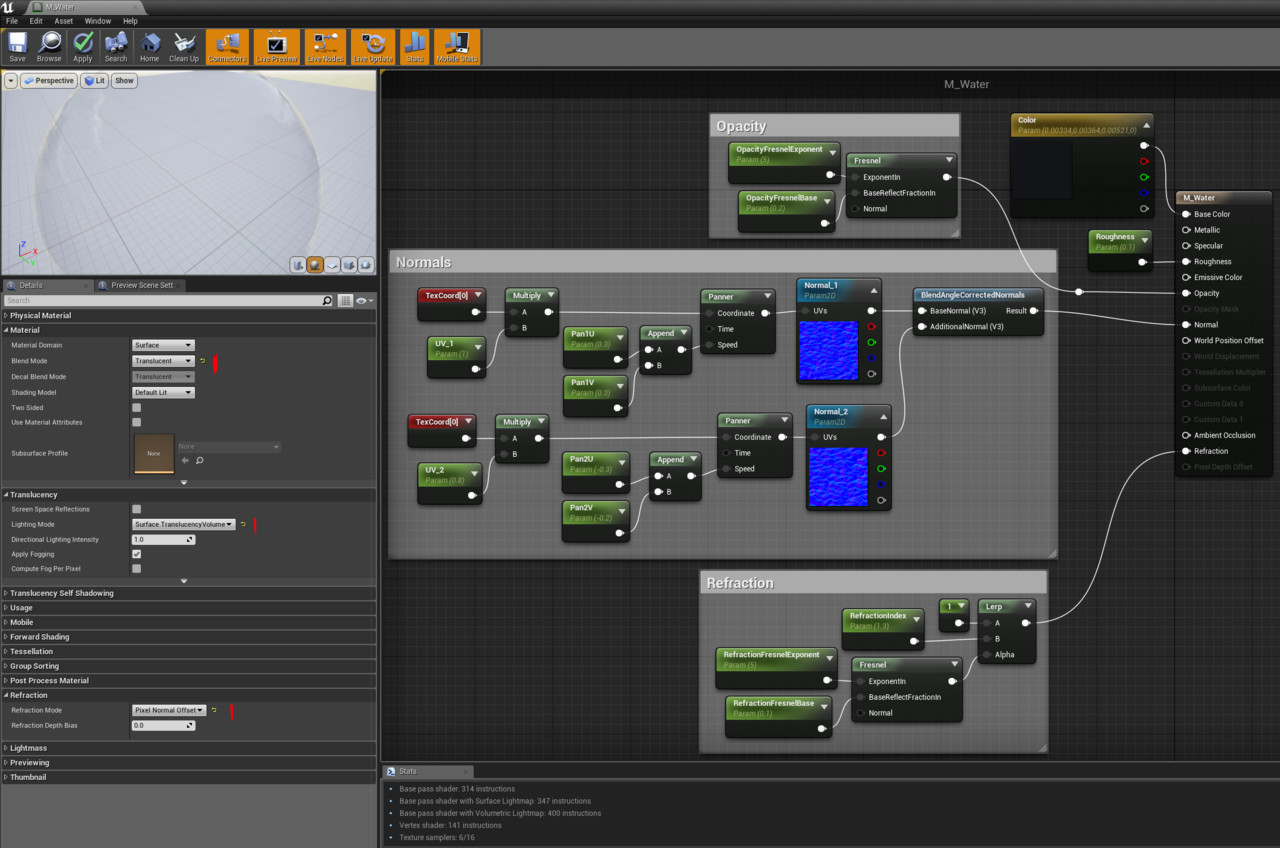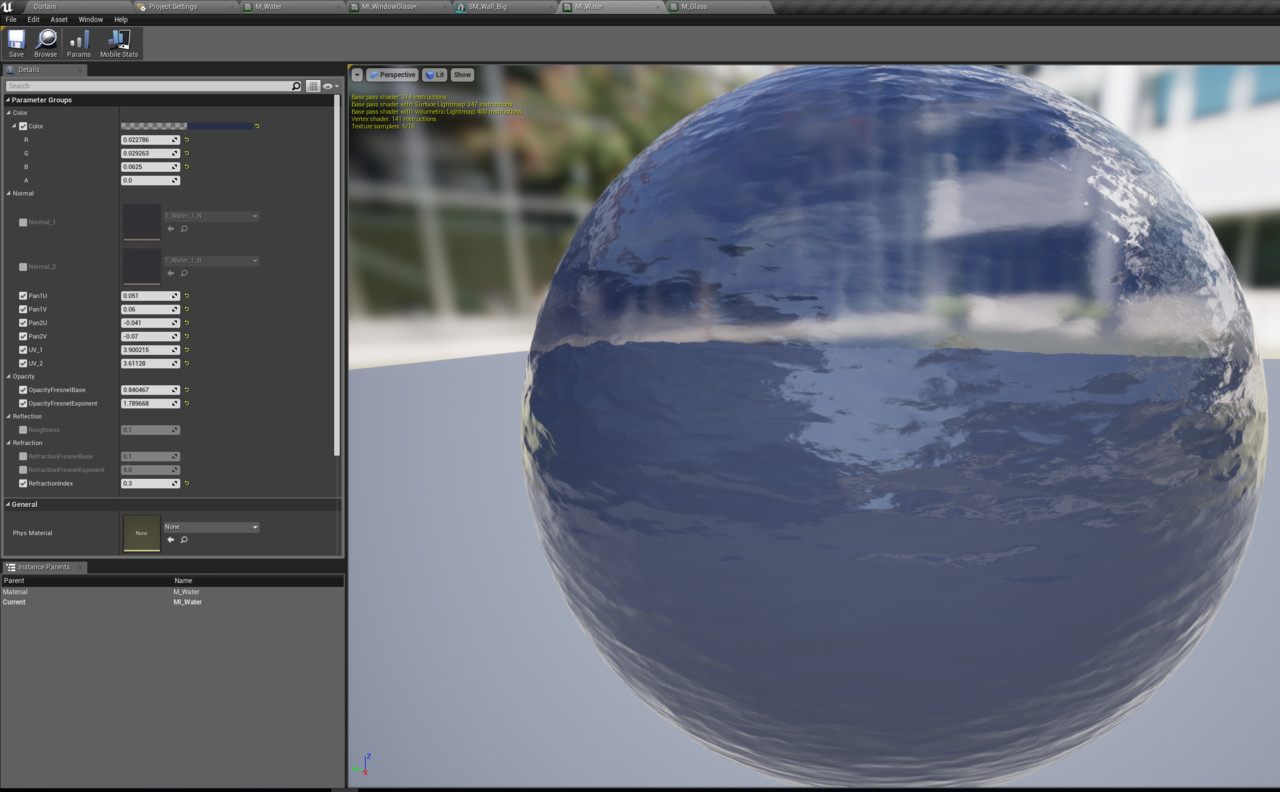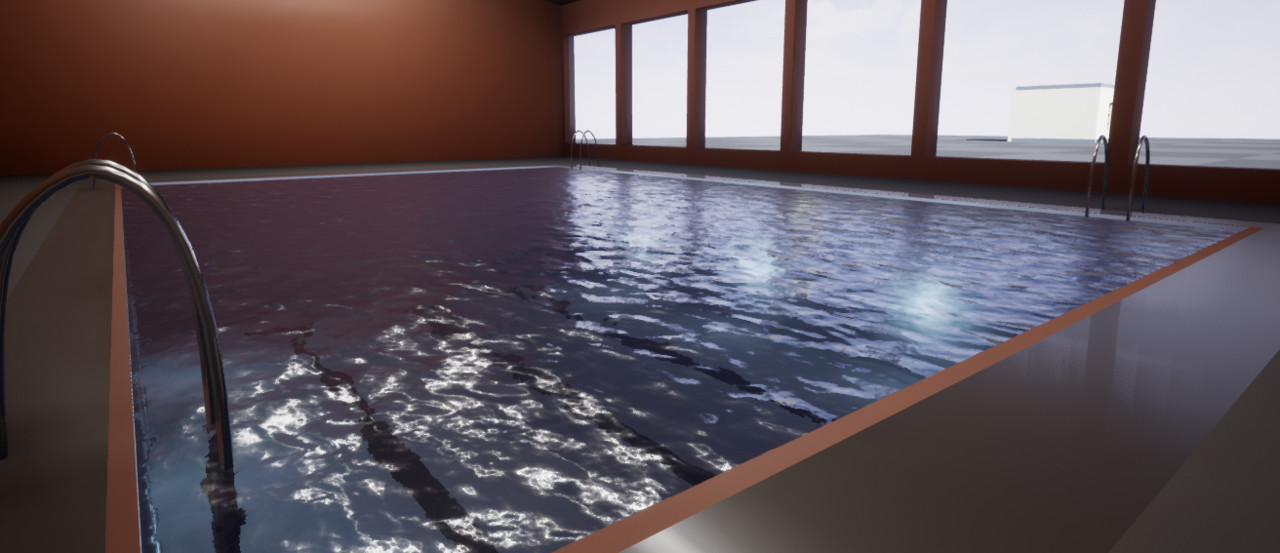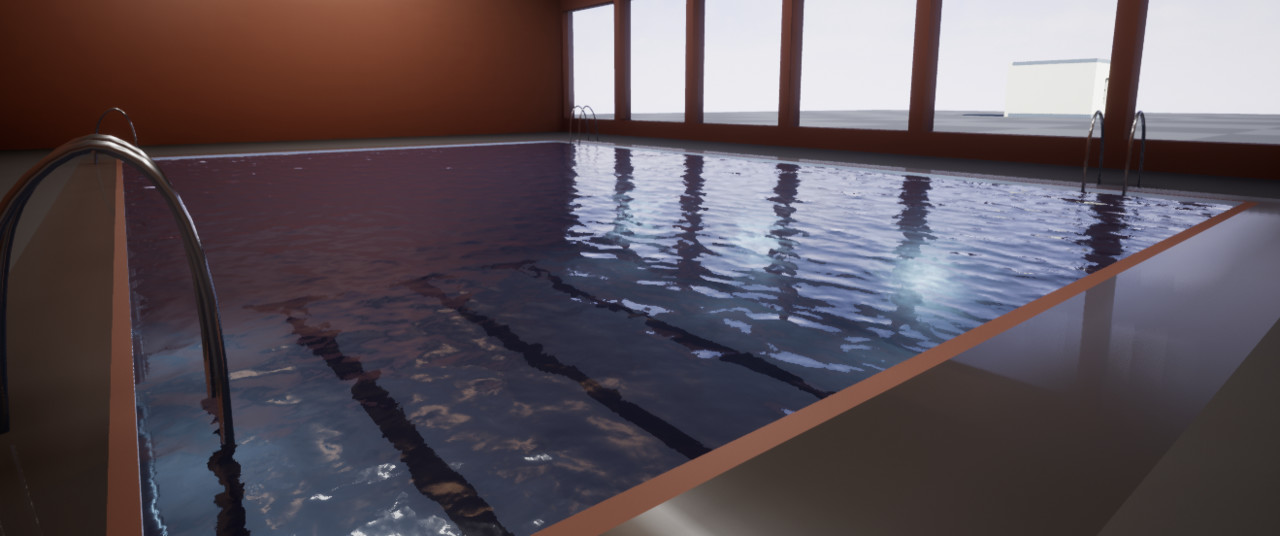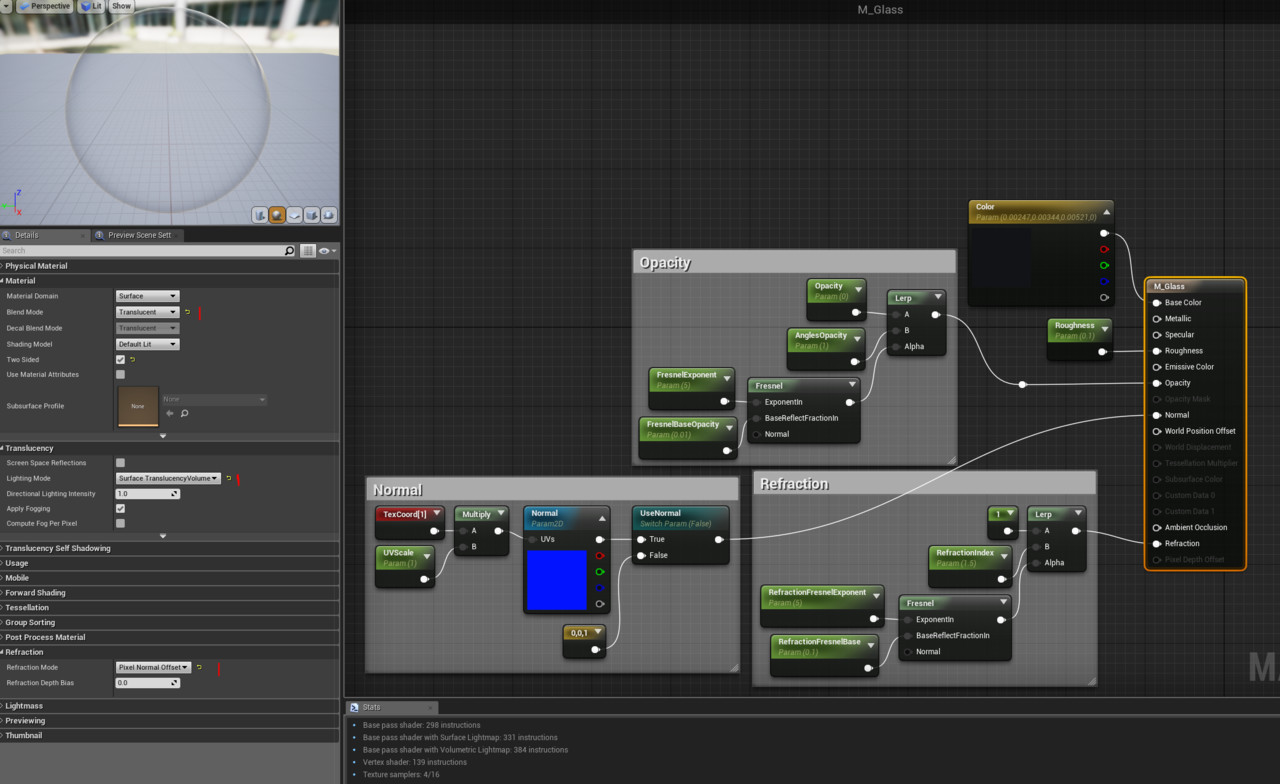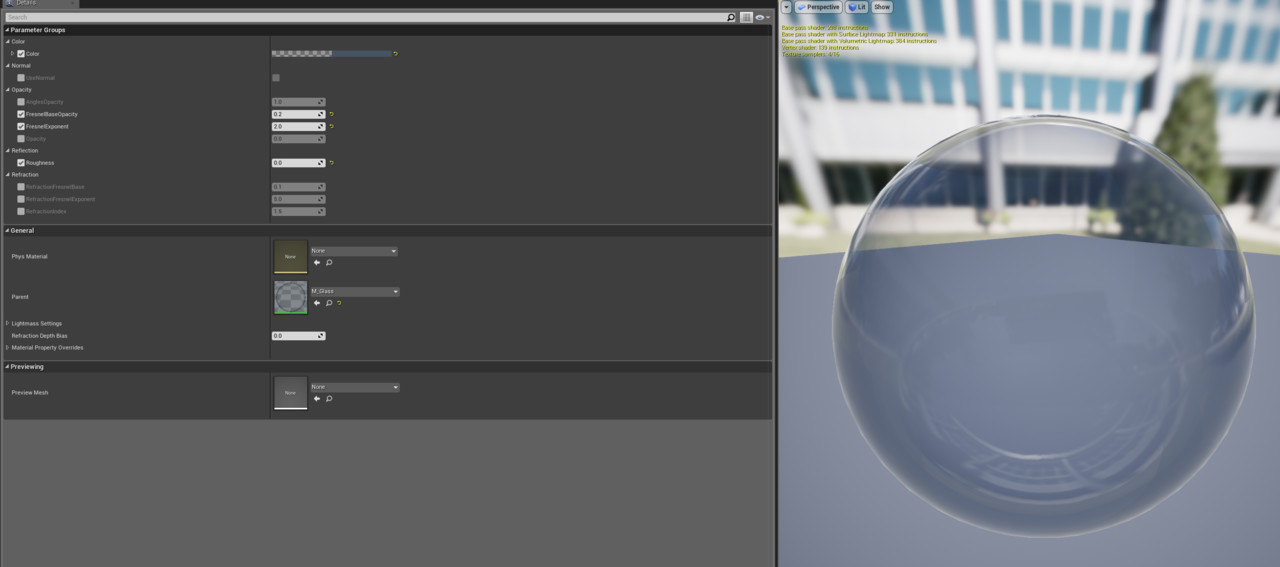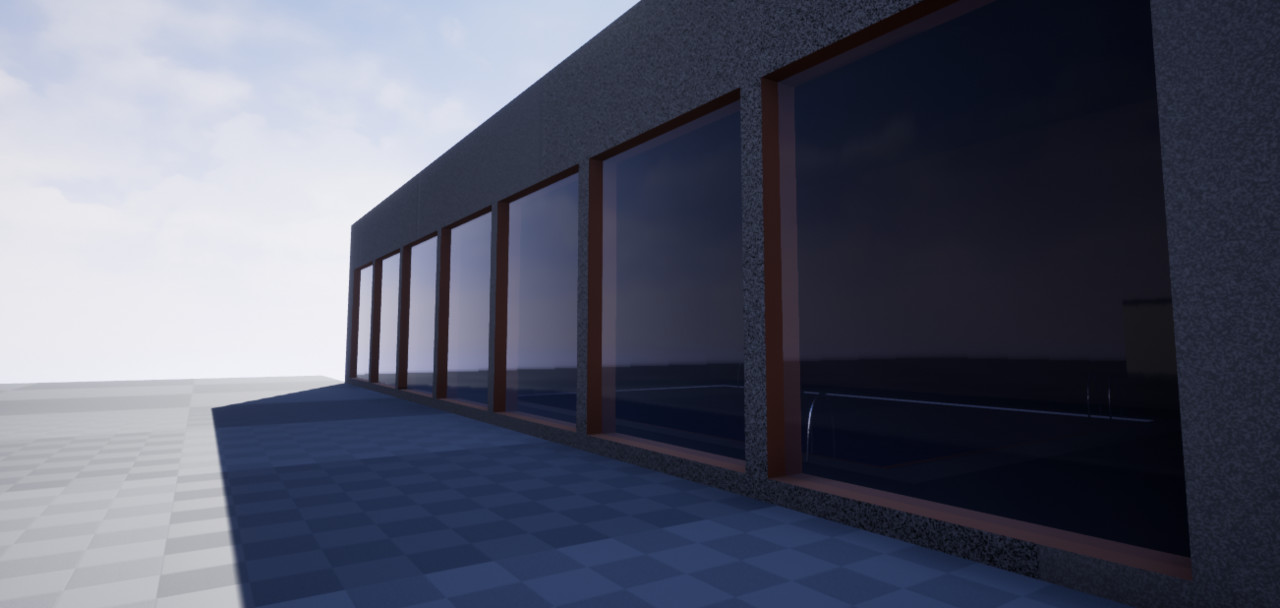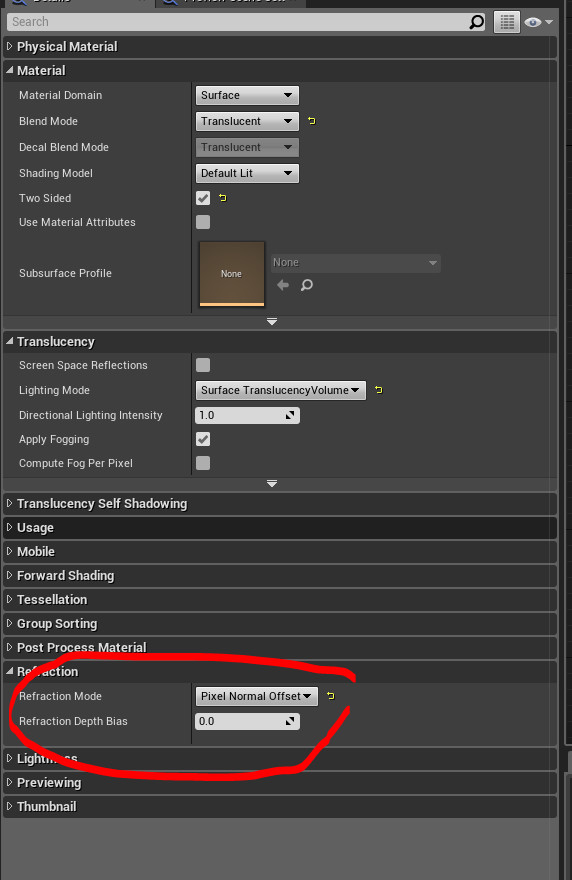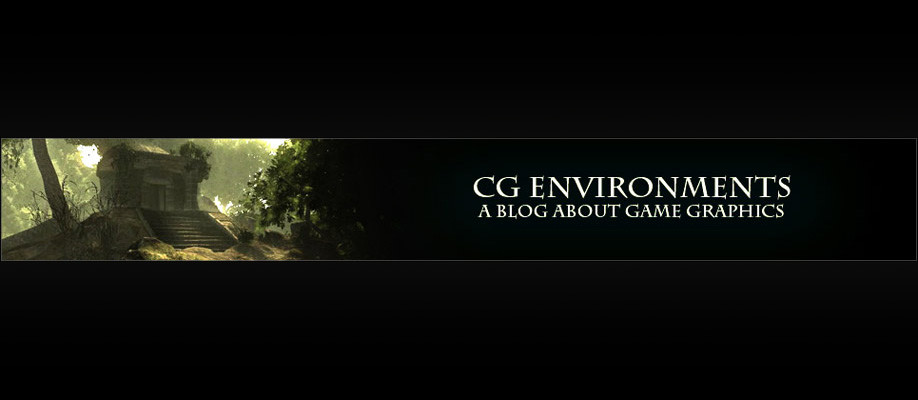i made a first weapon concept in oculus medium.
the concept itself is meh but it is my first one and i have to learn a thing or two about industrial design.
but testing out shapes in oculus medium is ultra fast and much fun.
you can get lost for hours under your VR headset
i did not use the highest resolution tho.
some modeling actions are also very inaccurate in VR.
First Steps in Oculus Medium
Make the player slide on ice / low friction ground
this video tries to explain how to detect physical surface types of materials the player walks on and set some movement component settings accordingly to fake a slippy ground. i.e. make the player slide on ice or any other slippy surfaces.
Unreal Engine Simple Water and Glass
in a recent lecture i just covered reflective materials like glass and water again.
Water
since my last approaches were too complicated i tried to make the water material as easy as possible. sure it is then limited in its features, but it looks ok and has around ~350 instructions. the biggest problem might be, that there won't be any depth fade for intersections with this method. and obviously no volumetric depth which is not possible currently anyway as far as i know. pls comment if i am wrong on this one.
The Material Instance was modified this way
download the normalmap here
this water looks ok with planar reflections as also with a box reflection capture
box reflection
planar reflection
Glass
glas works pretty much the same as water but without the animations. also it has a switch for the use of a glass surface normal.
the material instance was modified like this
planar reflection
sphere reflection capture
conclusion
a limited feature set for reflective materials works great. even without the (superexpensive) technique of planar reflections.
if the glass doesnt use normalmaps and bent surfaces, it wouldnt even be necessary to refract.
for large refractive areas use the refraction mode "pixel normal offset" to reduce visual separation of geometry features.
